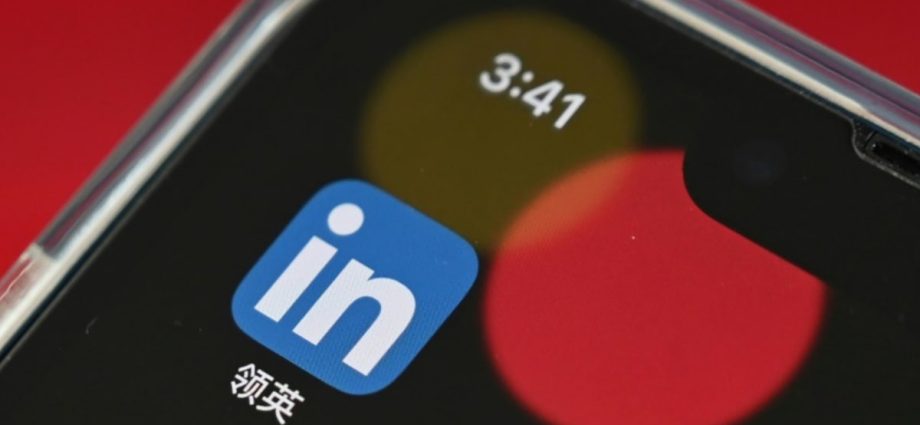Commentary: What Western tech firms can learn from LinkedInâs failure in China

For instance, it was not possible for users to immediately click on a new connection’s profile; the only way to find them was to remember their name and search for it on the platform.
Shen’s team raised a request to create a list of new contacts that users can navigate – taking a page from the Chinese social tool WeChat – but the US product managers were “too lazy to copy a feature that works for a competitor”.
On the surface, it seems that arrogance and lack of market understanding are the key reasons for LinkedIn China’s eventual demise. But these are merely symptoms of deeper issues, namely a lack of mental bandwidth at the top and the organisation’s setup.
To succeed in a new market, thousands of decisions need to be made, products need to be continuously iterated, and sometimes complete pivots are necessary. This is especially when you are facing strong homegrown competitors led by committed founders with ready access to the best talent.
All of these demand leaders’ attention. How much resources to dedicate to the new market, knowing that things rarely go according to the business plan? When products change or additional resources are required, how fast can you get them to the ground? When the business significantly underperforms, would you continue to invest or cut the loss?
HARD FOR TECH GIANTS TO ADJUST TO FOREIGN MARKETS
That was the challenge that US e-commerce juggernaut Amazon faced. Amazon entered China in 2004, around the same time Alibaba launched Taobao.com, but exited in 2019. The market for Amazon in China was small compared to its home market in the US.
As a company, Amazon was (and still is) logical and strong in execution. In the US, it uses sales predictions to allocate resources and inventories. The natural thing to do is to apply the same logic to China – so if it predicted sales in China were going to shrink, it would reduce inventories and logistical infrastructure to rein in cost.












